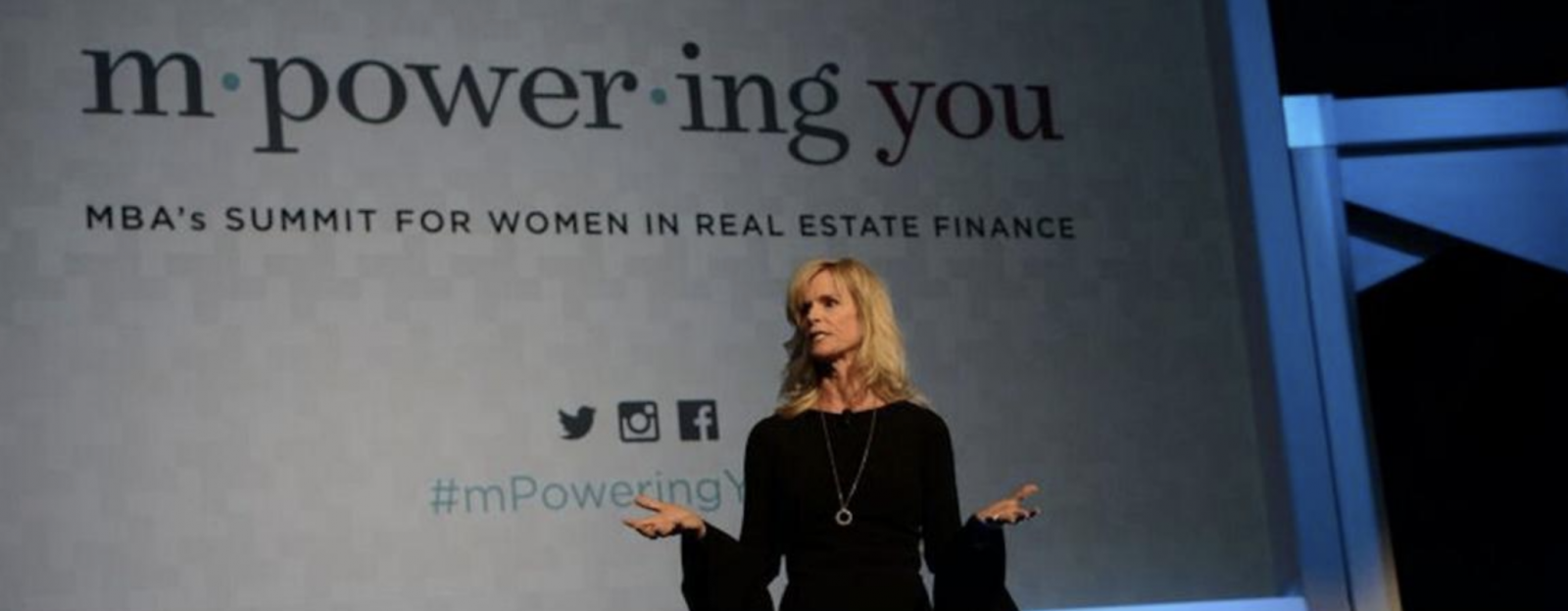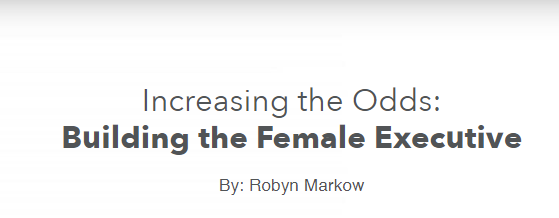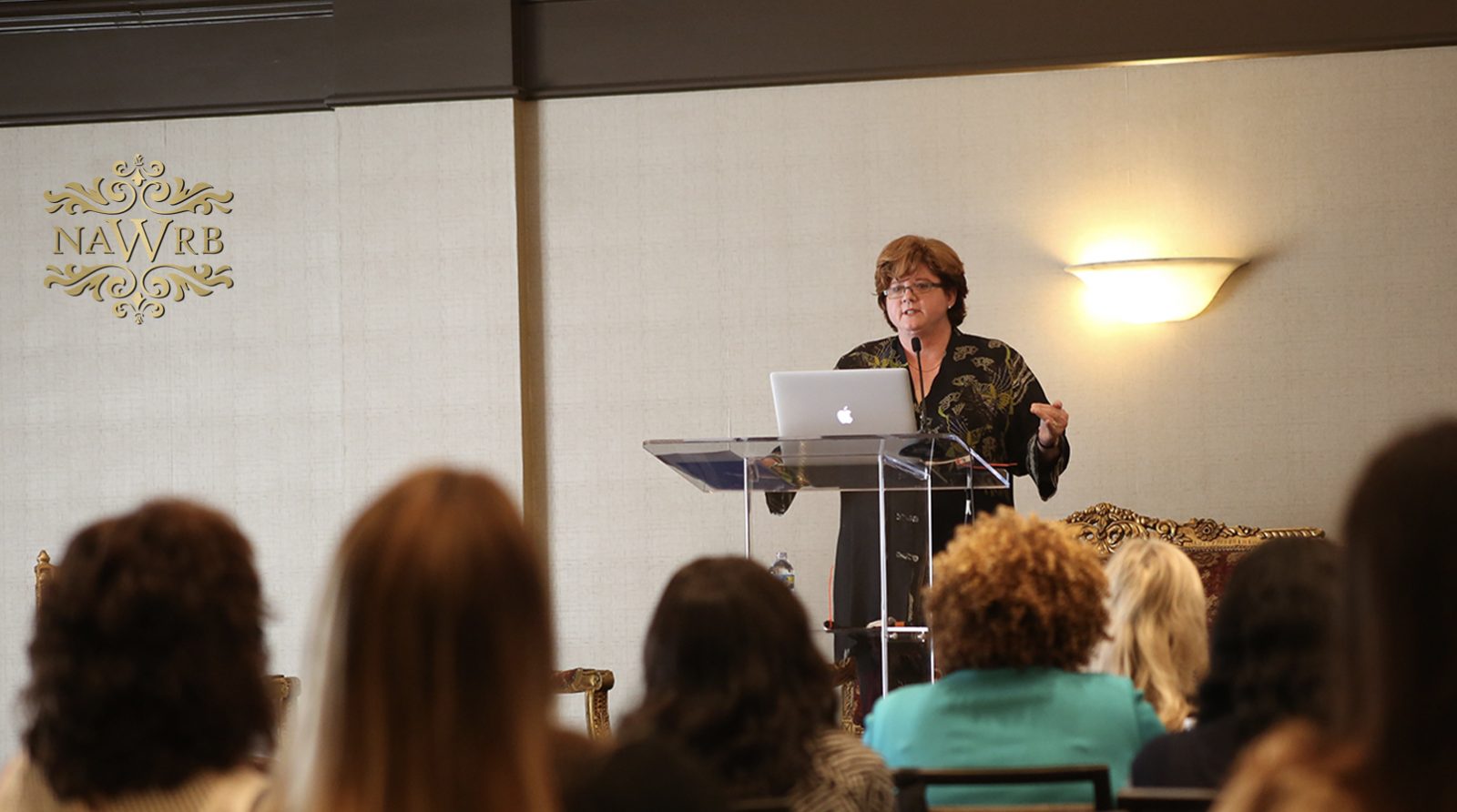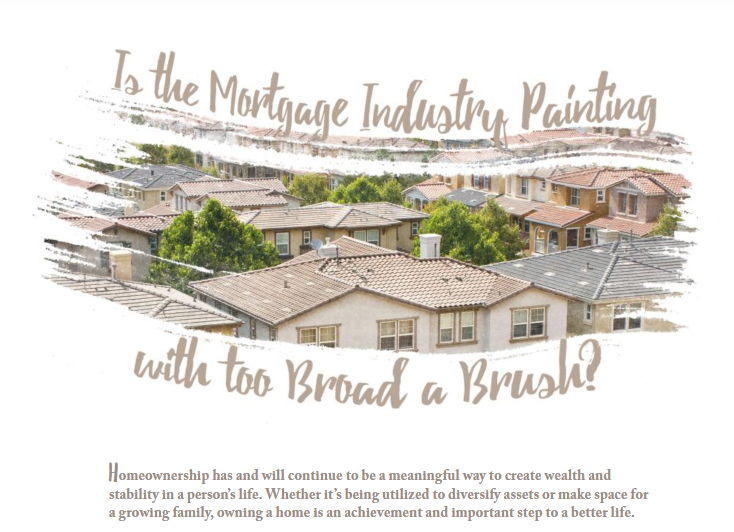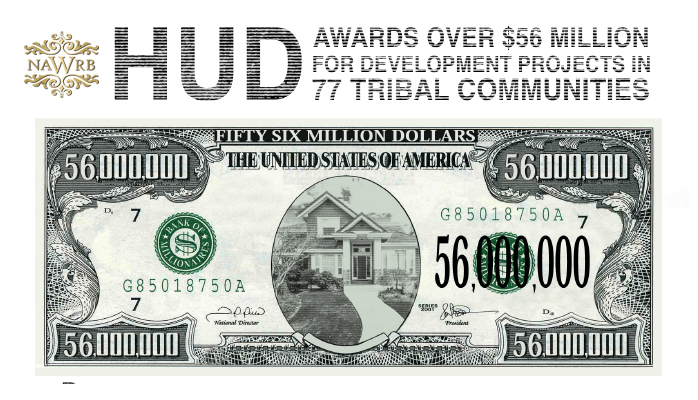NAWRB is excited to launch the first and only earning recognition program for WOSBs within the housing ecosystem. As we celebrate these diverse sectors and merge industries into one list, we are raising awareness of leading women-owned small businesses and helping form profitable collaborations to propel women’s economic growth.

Know an Incredible Woman Preserving the
Quality of Life During COVID-19?
Submit your story today!
Read More

Consulting & Branding Opportunities
Grant your business access to insider,
proven knowledge to improve the quality of your procured
services and maximize business performance.

If you need D&I
Contact Us!
A Team Focused on Bring Diversity and Inclusion to Every Level
Learn More

#1 Top Real Estate Influencer
Desiree Patno
Diversity & Inclusion, Quality of Life, Know the Rules of the Game ®
Your Next Event
Grow Your Business
NAWRB: An SBA Resource
NAWRB is listed as a women-owned business resource for the SBA.
Check It Out
NAWRB Aging Population
Help Protect Elders
from Financial Abuse
Over $36.5 billion a year is lost annually in the U.S.
Prevent Financial Abuse

Women's Homeownership:
Dream. Stability. Sanctuary.
Life often presents us
with unplanned disruptions.

AI Technology
with
a Human Touch
Is
The Perfect Balance


NAWRB Women's Global Resource Center
A women’s depository for vendors & clients to grow their diverse spend & increase women’s employment at all levels within the housing ecosystem.

Category Archives: Finance
mpowering you MBA’s Summit for Women in Real Estate Finance
Nothing says inspiring like 340 women in the real estate finance industry joining together at mPowering You! On October 21st in Denver, Colorado, the Mortgage Bankers Association (MBA) presented mPowering You, an event that will go down in history for this powerful and great organization. “It has never happened at the MBA in our 104-year history,” stated Marcia Davies, COO of MBA. “It’s time to be empowered.”
The conversations and ideas generated within this space fostered networking and powerful narratives, and assisted in the creation of decisive branding and career advancements. Featuring sessions like Know and Grow Your Value and Gender and Generations: Driving New Forms of Leadership, the summit strengthened and showcased the value and power of women.
Attendees heard from successful women in the industry, including Mika Brzezinski, New York Times Best-Selling Author and Co-Host of MSNBC’s Morning Joe, and Ruth Sherman, Executive Speech Coach & Celebrity Media Trainer, who shared the importance of women knowing their value, mastering their message, owning each moment and unleashing their potential.
Continue reading →
The Gender Gap: Women as Mortgage Consumers
In the last 200 years, women’s voice and role in society has evolved quite substantially in the United States and around the world. The mortgage industry is no exception. As first-time homebuyers, women face patterns of discrimination. These discriminatory lending patterns, in violation of many regulations including those promulgated by the U.S. Department of Housing and Urban Development (HUD) and the Federal Housing Administration (FHA), limit women from becoming homeowners and result in fair lending violations, regulatory actions and litigation against lenders.
As regulatory requirements in the mortgage industry have tightened, lenders are taking note that discrimination is having an adverse effect on the mortgage industry and our economy as a whole. In some cases, programs are being established to target specific categories of women in the market that are faced with discriminatory obstacles. Yet, there is much more that needs to be done.
Continue reading →
How I Reinvented my Career without Reinventing Myself
Baby Boomers are living longer, retiring later and, the truth is, we’re finding that one lifelong career just isn’t enough. Long gone are the days when a high school or college graduate finds a dream job, spends the next 30-35 years moving up the company ladder and retires with a pension at 62. In fact, graduates are changing jobs nearly three times, on average, within the first five years of graduation; a pace that has nearly doubled versus just 20 years ago, according to LinkedIn Economic Graph data.
Whether you’re a Millennial, Baby Boomer or somewhere in between, if you’ve spent any time in real estate or financial services over the past five to 10 years, chances are you’ve experienced long and lean times as a regular course of doing business. With the ongoing interest rate movement and uncertain times ahead, there is no better time than now to consider where you stand in your career, how much it fulfills you and what might lie ahead.

My own employment, some 30 years of trials and successes in financial services, has taken me over a lot of winding roads. I’ve had to make a number of adjustments to my career path—either preemptive or forced—most recently several years ago when my employer (a very large and well-established insurer in the mortgage banking ecosystem) descended into receivership.
As with twists and turns I’d experienced before, the writing had been on the wall. Banks were substantially cutting back from residential lending and servicing. The once robust non-agency market was anemic and unlikely to emerge as its former self. Warehouse lending, title services, mortgage insurance, appraisal services and others survived, but were (and are) very competitive commoditized value propositions that expand and contract based on market need.
Fortunately for me, I had diversified jobwise. Since 2005 I had been following a passion and teaching evening college classes in finance and macroeconomics. So while the sudden change stung, it didn’t sink me.
As both a student and professor, I’ve spent a lot of time studying employment trends. Virtually every generation has faced changes in both opportunity and employment requirements due to advances in technology. In real estate and mortgage lending, automation of workflow has been a driver of technology in loan originating, appraisal, loan processing, underwriting, servicing, brokerage services segments and much more. I had been exploring how to capitalize on my 30+ years of mortgage banking, structured finance and capital markets experience to refresh my career. My research led me to financial technology companies that were quietly making inroads into the space, but with improved value propositions.
Shortly after things went south with my employer, I accepted a position at a fintech company in San Francisco called Alight. It was a leap for me—I was a died-in-the-wool mortgage guy and while Alight was exciting, I have to admit to having a bit of trepidation about becoming a tech sales guy. But I was hooked from the start. Alight’s value proposition suited my expertise, my educational background and my view of where the mortgage industry needed to head. It was a win-win for me from day one to the end of my time at the company.
Back to you. Chances are your industry—your livelihood—is (or will be) undergoing substantive change, change that will likely affect the way things run. You need to be prepared for any surprises that may come your way. But where to start?
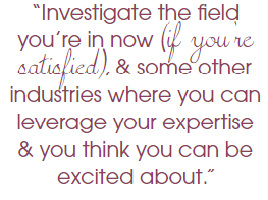
1. Do your research.
First, study the advancement of tech companies and the
inroads they made during periods of change. Tech advancements are the proverbial writing on the wall and typically herald significant change coming. Technology that enhances productivity may curb manpower needs, while technology that opens up new areas previously undiscovered may require additional manpower, so education and training—even just some self-study—may be necessary. Investigate the field you’re in now (if you’re satisfied), and some other industries where you can leverage your expertise and about which you think you can be excited.
2. Take the five-year plan and stay relevant.
Use your imagination to consider where the industry might be five years from now; it’s a reasonable and practical timeframe on which to base decisions. Read thought leaders and influencers, not only in your industry but also in related industries and broad, innovative areas like technology, sciences, economics. And then, instead of focusing on the job you would like to have five years from now, begin by considering what types of employment will be part of the future economy. Play to your strengths, your experience and your skillsets, and educate yourself in unfamiliar areas that have potential. Be sure to only pursue things that excite you and will be worth really working for.
3. Get in touch & stay in touch.
If you’ve been working in an industry for a while, you’ve likely accumulated a lot of contacts. Take the time to reconnect with old colleagues as those contacts will come in handy as you look for new opportunities. Begin to grow your network out beyond the borders of your industry, particularly into areas you are exploring. People like to refer and hire people they know.
4. Find your paper route.
Develop a hobby, passion, talent or value proposition into a business that is economically rewarding, convenient timewise and psychologically liberating. Start it as a paper route, something you do in your spare time that can add a second or third source of regular and predictable incremental income. Your paper route may start off small, but with time and energy you can grow it into a meaningful source of income. Get certified or licensed, and keep it active. When I first started teaching 12 years ago, what I made was laughable. I taught one class and earned $400 for an eight-week session, and today I am an adjunct professor. My teaching income is not inconsequential and the benefits are substantive. Best of all, I love teaching and it is something that I can do well into semi-retirement.
5. Develop an achieveable, but not too slow timeline.
Life is busy and there are a million things that can get in the way of making changes, particularly when it comes to revamping a career. It’s much easier to continue on the same trajectory than to change course. Take a breath and reevaluate. The things you start today, the things that require extra effort, the things that require a journey, are the very things that will contribute to your success sometime in the future. I once had a boss who always said to me, “Ralph, the only way to eat an elephant is one bite at a time.” Well, go ahead and take that first bite.
Expanding your career into a new area or converting a hobby into an income-producing enterprise requires a lot of care and feeding, a whole lot of discipline and some sacrifice. But, once you’ve done it, you won’t remember the pain, you’ll be basking in the rewards. Things like supplemental income, or a “side hustle,” as the Millennial demographic calls it, can turn into a meaningful addition to your personal bottom line. Money is fungible, $3,000 to $25,000 per year in extra cash can be very additive to lifestyle, savings or whatever you decide.
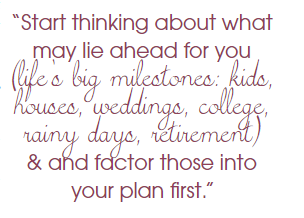
Start thinking about what may lie ahead for you—life’s big milestones—kids, houses, weddings, college, rainy days, retirement—and factor those into your plan first. Once you have those cornerstones laid, the only limits to what comes next are the ones you impose. Live your best life many times!
Ralph Armenta
Technology and Mortgage Banking Consultant & Adjunct Finance Marcoeconomics Professor
Increasing the Odds: Building the Female Executive
If you have had the privilege of meeting with senior managers at mortgage and finance companies, you will notice they are overwhelmingly filled with middle-aged, white men. According to Catalyst, women currently hold only 5.8 percent of CEO positions at S&P 500 companies. This tells us that despite all of the progress, women simply have not shattered the glass ceiling.
The fact remains, when it comes to hiring for executive-level positions, the pool of experienced and qualified candidates with relevant experience is predominantly male. This is not to say that women are not just as capable, but if 95 percent of the qualified applicant pool is male, the chances of hiring a female for that role are strikingly low, thus creating a perpetual cycle of hiring men.
To move more women into higher roles, companies need to foster an environment of promoting from within and effectively “break” this continuous cycle. Companies sometimes fail to see the proven talent right before them in their eagerness to bring in someone from the outside with a prior comparable title. Board members usually receive outside candidates with similar experience well because they seem like the right fit on paper. The reality is that after the initial announcement to the company and circulation in industry periodicals, no one ever remembers these prior titles and companies measure performance by innovation rather than a candidate’s prior job history.
The responsibility to foster an environment that promotes from within falls on each of our shoulders. We need to encourage growth from within our own companies, encourage hiring managers and those in decision-making positions to look within the company and allow capable, promising employees the chance to advance from within. To drive this growth, we need to prepare the next generation of executive women to challenge experienced male candidates.
To be a capable candidate for an executive role requires having a clear vision of your goals and career path. Planning will help you to avoid many costly detours along the way and improve your chances of arriving at your final destination.
Career goals are different from performance goals at work and they are certainly not a New Year’s Resolution, which is good, because hardly anyone achieves those! Unlike performance goals—which are usually SMART (Specific, Measurable, Achievable, Relevant and Time Bound)—career goals should be HARD (Heartfelt, Animated, Required and Difficult). Goals need to be difficult enough to propel one forward, making traction toward the final destination.
It is important to remember that you will never achieve a goal you don’t set, yet the majority of the population does not have written goals. The mere act of writing down goals will set you apart from peers. However, setting the goal is just part of the battle.
According to statistics from Workboard, 93 percent of the workforce cannot translate their goals into actions, and only 7 percent of people know what they need to do to execute a goal. Similar statistics from Inc. indicate only 8 percent of the population can achieve a goal they set annually—this does not even speak to goals that span the course of decades.
How can women best position themselves to reach their career goals? In addition to their HARD career goals, they must select the right mentor. Sharing goals with a mentor can help maintain focus and develop the roadmap needed to execute your vision. The right mentor is vital to developing the skills needed to translate goals into action and continue career growth, particularly for women who are at a disadvantage.
In identifying a mentor, it is arguable that women are far more successful when mentored by other women. Women are known for their ability to relate to an audience. It is important to have a mentor who can help you grow to find your own voice and present ideas in a way that is confident, persuasive and natural. Women mentored by other women can better find a delivery method that is their own because they share common strengths and understandings. Bottom line: women need to find their own voice and they will not find it if trying to sound like a man.
My advice to women is not to let life pass by. Take control and propel forward into that dream job with confidence and the necessary skills. When doing so, do not forget that you would not be as strong without a community of supportive women, each of which have a duty help mentor the next generation.
Thank you,
Robyn Markow
AVP Client Relations
Quality Claims Management Corp.
Reducing Losses on FHA Defaulted Loans
Servicing FHA Loans continues to be challenging and, in many instances, includes high losses on default liquidated loans. While FHA delinquencies have greatly improved compared to post crisis delinquency, there are still over 7.8 million outstanding FHA insured loans with delinquency rates that rose as high as 11.25 percent according to the FHA Single Family Loan Performance Trends report published by HUD this past January.
When working with FHA Loans in default, there are many key time frames that must be met in order to minimize losses, beginning as soon as the date the loan was last contractually current, and continuing throughout the claim filing process. In many cases just missing the start of a foreclosure action by one day can result in increased losses of thousands of dollars. Failure to meet all time frames will not only result in interest curtailments, but ultimately the curtailment of advances as well. These losses can be further exacerbated depending on the type of pool, the Servicer’s ability to limit interest rate spreads, and time required to resolve. Additionally, if there was a missed time frame, FHA will only pay debenture interest to the point of the interest curtailment. After the interest curtailment, HUD will no longer pay debenture interest on the Unpaid Principle Balance.
To put things in perspective, if an FHA loan has an Unpaid Principle Balance of $150,000 with an interest rate of 3.5 percent, and you miss the first legal action for foreclosure, and it takes an additional 24 months to convey, the Servicer stands to lose $10,500 in interest alone. In addition to interest curtailments, the Servicer must fully comply with the allowable fee schedule for all legal actions and property preservation expenses. Overhead costs as well as any fees or costs associated with clearing title issues are not reimbursable or recoverable through a claim to HUD.
LIVE Updates: 2017 NAWRB Conference- Keynote: Economy- The Forecast
Toni Moss, CEO, AmeriCatalyst, LLC kicks off the third day of the conference with a captivating Keynote Address on the current state of global economics and how globalization will affect our future.
LIVE Updates: 2017 NAWRB Conference-Small Business Sustainability Care Package
In this session moderated by Desiree Patno, CEO & President of NAWRB, panelists Michelle Hollis, Director, 6th Street Consulting; Laura Hartsgrove Baker, Sales Director, Herbert H. Landy’s Insurance Agency; and John Moon, District Manager, Community Development, Federal Reserve Bank of San Francisco gave their unique insights into the four main pillars of NAWRB’s Small Business Sustainability Care Package, including: cybersecurity, insurance with crime prevention and employee dishonesty riders, vetting financial institutions, and payroll alert/assistance.
Is the Mortgage Industry Painting with too Broad a Brush?
Becoming a homeowner helps safeguard a person’s professional achievements and can pull them out of poverty. However, current mortgage lending trends show that a significant portion of Americans are being all but excluded from homeownership by stringent credit-assessing practices leading to mortgage rejections.
The Great Recession, which saw nearly 8 million American homes fall into foreclosure, highlighted the risks and issues in housing boom mortgage lending; it was this financial crisis that set the scene for the Dodd-Frank Act of 2010, which imposed rigid standards for home loan qualification.
Recent research by Alberto Rossi and Francesco D’Aunto, assistant professors of finance from the University of Maryland’s Robert H. Smith School of Business, shows that following the passage of Dodd-Frank, mortgages obtained by middle-class households decreased by 15 percent. Aiming to protect the economy, financial institutions and prospective homebuyers, these regulations have at times overburdened the mortgage process, leaving Americans stagnant in their journey to a better future.
When it comes to lending, is the mortgage industry painting with too broad a brush?
Minorities
Pew Research Center data reveals that Black and Hispanic homebuyers experience significantly higher difficulty obtaining conventional mortgages than whites and Asians, and usually pay higher interest rates when they are approved. Mortgage rejection is one contributor to the homeownership rate disparity of Black (41.3 percent) and Hispanic (47 percent) households in comparison with white households (71.9 percent).
According to Pew Research Center analysis of Home Mortgage Disclosure Act (HMDA) data, in 2015, 19.2 percent of Hispanic applicants and 27.4 percent of black applicants were denied mortgages, compared to 11 percent of white and Asian applicants. For Blacks, credit history is the number one cited reason for mortgage rejections; for the three other groups, debt-to-income ratio was the foremost explanation.
Contributing to lower affordability, mortgage rates also enact an uneven impact on homebuyers. In 2015:
• 60 percent of Black householders and 65 percent of Hispanic householders had mortgage rates below 5 percent, compared to 73 percent of white householders and 83 percent of Asian householders
• 18 percent of Hispanic householders and 23 percent of Black householders had mortgage rates of 6 percent or more, compared to 13 percent of white householders and 6 percent of Asian householders
In addition to these mortgage difficulties, an emerging trend is a significantly smaller and less diverse mortgage applicant pool. Pew reports that in 2005, about 10 percent of conventional mortgage applications were from Black households, and 14 percent came from Hispanic households. In 2015, less than 4 percent of these applications came from Black households, and fewer than 7 percent were from Hispanic households.
The inequality in mortgage accessibility and interest rates is formidable, meaning that a disparate amount of Black and Hispanic households are unable to achieve homeownership like their white and Asian counterparts. One issue that must be understood in order to successfully navigate the future of the industry is the reason behind the sharp decline in conventional mortgage applications.
Is poverty the main factor?
U.S. Census Bureau data shows that poverty levels of Hispanic and Black households are actually decreasing. From 2014 to 2015, Hispanic poverty level declined from 23.6 to 21.4 percent, and the median annual income of Hispanic-origin households rose 6.1 percent, from $42,540 to $45,148. Similarly, the poverty level of Black households decreased to 24.1 percent from 26.2, and their median annual income increased 4.1 percent, from $35,439 to $36,898.
Are Americans losing the desire to own homes?
While the role of poverty cannot be underestimated, it is necessary to assess the other aspects at play. As recent U.S. Census Bureau data affirms, the 63.6 percent homeownership rate in the first quarter of 2017 was not statistically different from the 63.5 percent rate in the first quarter of 2016 or the 63.7 percent rate in last year’s fourth quarter.
This means that in the past year, the homeownership rate has neither worsened nor improved, but it has been on a steady decline since 2006. Mortgage rates, which have hit historic lows in recent years, add another piece to the puzzle.
According to the Federal Housing Finance Agency (FHFA), the average interest rate on all mortgage loans increased in December (3.91 percent), January (4.17 percent) and February (4.25 percent) before dropping 13 basis points in March (4.12 percent). The FHFA House Price Index (HPI) also reveals that home prices went up 6.2 percent from the fourth quarter of 2015 to the fourth quarter of 2016. The flex in interest rates and rising prices could be outweighing the benefits of homeownership for prospective buyers.
 Women
Women
Women are another market expressing uncertainty towards the housing market. Like minorities, women face roadblocks when procuring mortgages. A new study from the Urban Institute, Women Are Better than Men at Paying Their Mortgages, describes that when examining loan performance for the first time by gender, women’s lower credit scores do not indicate weaker performances, and women actually perform better than men. The report found that female-only borrowers actually default less than male-only borrowers. For mortgages originated from 2004 to 2007, the default rate for female-only borrowers was 24.6 percent, compared with 25.4 percent for male-only borrowers.
Despite this repayment performance, single borrowers, particularly women, have higher mortgage rates; from 2004 to 2014, the average rate for female-only borrowers was 5.48 percent compared to 5.41 percent for male-only borrowers. A 2011 Journal of Real Estate Finance and Economics study also shows that on average, women pay more for mortgages than men; women’s mean interest rates are .4 percent higher than men’s. While the repayment figures are not statistically different, women perform on par with men, emphasizing the lack of evidence-based explanation for the higher mortgage rates women experience.
In some demographics women even depict higher homeownership rates than men. In 2015, the homeownership rate of female householders in 1-person households was 24.56 percent higher than the homeownership rate of male householders in the same category, according to Census Bureau data on national household demographics.
There remains the question; do women want to become homeowners? When analyzing the benefits, homeownership may not be a desired step, especially if women are single and have only one paycheck. With lower incomes and higher mortgage rates, women experience a tougher time paying back their loans, and their interest rates make accumulating wealth through homeownership a discouraging task. It isn’t difficult to recognize that for some women, homeownership can seem like a more prudent step in the future.
Credit
On the road to access mortgages, Americans’ relationship with banks is often center stage. The FDIC’s 2016 biennial National Survey of Unbanked and Underbanked Households shows:
• 7 percent of households were unbanked, having no account relationship with an insured institution
• 19.9 percent of households were underbanked, encompassing households in which a person had a bank account, but still resorted to alternative financial services providers throughout the year
• The survey found that 27 percent of households, or 90 million Americans, were unbanked or underbanked
• The following segments have a higher probability of being unbanked or underbanked
o 42 percent of households with incomes below $30,000 per year
o 49 percent of African American households
o 46 percent of Hispanic households
o 46 percent of households headed by a working-age individual with a disability
Without a solid baking relationship, it is hard for a person to have credit scores that satisfy current mortgage lending standards. Unbanked and underbanked describes millions of families in the United States, meaning millions of people without the benefits of homeownership and an economy missing out on their buying power.
The recent Bankrate Financial Security Index found that only 52 percent of Americans have more money in emergency savings than credit card debt, and 24 percent have more credit card debt than emergency savings; 17 percent remain in the middle with no savings or debt. These figures emphasize the importance of protecting what little savings consumers have. As the U.S. continues to recover from a recession that saw millions of people’s homes and life savings slip out of their hands, the need for banks and financial institutions that protect consumers’ savings through sound financial practices is paramount.
Irresponsible lending led to the worst recession in recent history, but stringent standards are effectively preventing Americans from accessing mortgages, homeownership, and creating better lives. People capable of repaying home loans should be allowed the opportunity to do so, and those not in a position to obtain mortgages need to make the necessary changes to situate themselves for homeownership, such as opening a bank account. With rising prices, unpredictable interest rates and a stagnant homeownership rate, actions need to be mindful in order to empower today’s American homebuyers and would-be homebuyers.

HUD Awards over $56 Million for Development Projects in 77 Tribal Communities
Recently, the U.S. Department of Housing and Urban Development (HUD) awarded $56.5 million to 77 Native American communities throughout the country to improve housing conditions and stimulate community development for residents, including funding construction projects and local jobs. The grants are part of HUD’s Indian Community Development Block Grant (ICDBG) Program, which supports a wide range of community development and affordable housing activities.
“This investment will expand affordable housing and economic opportunities for families in Native American communities across the country,” says HUD Principal Deputy Secretary for Public and Indian Housing, Lourdes Castro Ramírez. “We are proud to continue collaborating with tribal leaders to improve housing conditions and to lift up neighborhoods with vital new infrastructure and vibrant community spaces.”

 Login
Login





